Airports need both international and domestic
The Airports Corporation of Vietnam (ACV) said it is considering two scenarios: transferring all international flights to Long Thanh when the airport is operational from 2026, or keeping short international flights under 1,000 km at Tan Son Nhat.
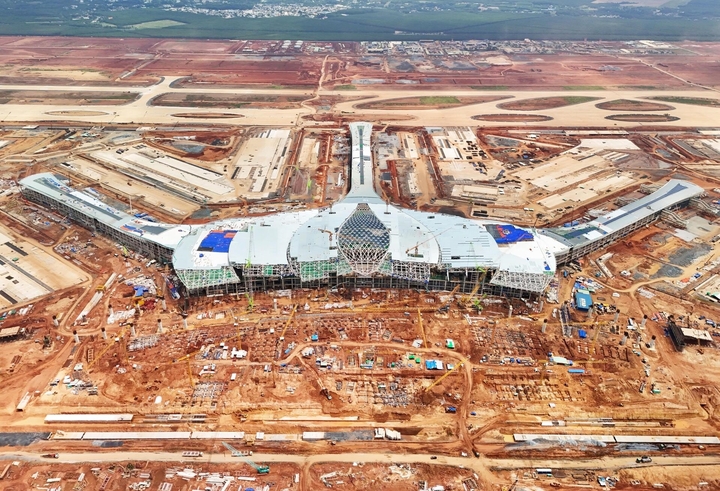
Long Thanh International Airport is gradually taking shape and is expected to be put into operation from 2026. (Photo: Luong Y)
In the first scenario, Long Thanh airport receives 100% of international traffic (more than 19 million passengers per year), Tan Son Nhat handles 95% of domestic passengers. This approach helps to concentrate international operations in Long Thanh, reduce the load on Tan Son Nhat and limit the number of passengers traveling between the two airports. However, the downside is that people in Ho Chi Minh City will be inconvenienced because Long Thanh is about 40 km from the city center.
In the second scenario, Tan Son Nhat continues to operate 20% of short-haul international flights, while the remaining 80% (equivalent to 15.3 million flights per year) is transferred to Long Thanh. This option is convenient for passengers traveling short distances and takes advantage of the existing infrastructure at Tan Son Nhat. However, the downside is that operating costs will increase significantly due to the need to maintain international exploitation resources at both airports.
Discussing this issue, Dr. Ngo Viet Nam Son - architect, urban planning expert - said that he found option 2, Tan Son Nhat, more suitable for Vietnam today. Because passengers will be more convenient when they can connect international and domestic flights at the same airport, instead of having to travel 40 km between Long Thanh and Tan Son Nhat.
On the contrary, the plan to transfer all international flights to Long Thanh is not reasonable. If domestic passengers go through Tan Son Nhat while international passengers concentrate in Long Thanh, the demand for travel between the two airports will not decrease but increase. At that time, Long Thanh will hardly be able to operate independently and will still have to depend on Tan Son Nhat.
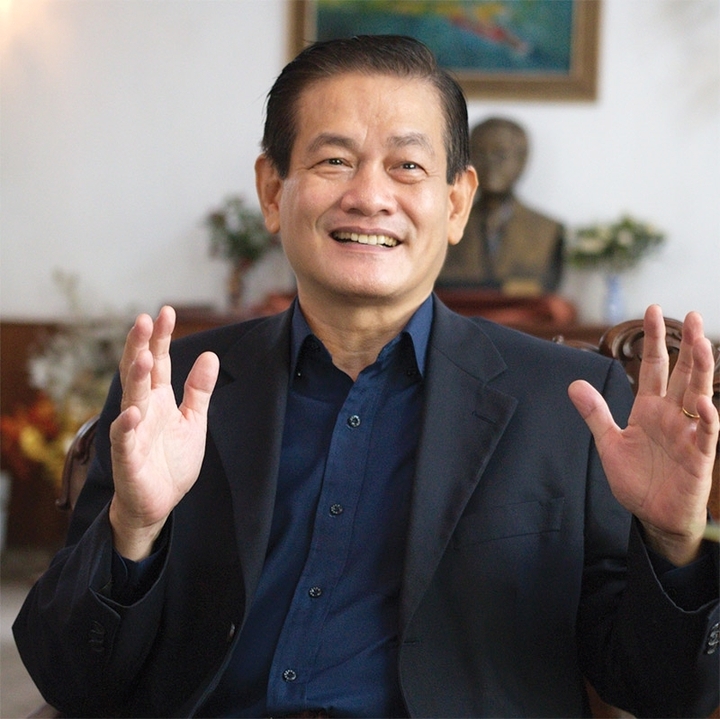
Dr. Ngo Viet Nam Son, Architect - Urban planning expert. (Photo: An Nam)
According to Mr. Son, there are airlines that have proposed option 2, proving that this is a more reasonable choice. With business experience, airlines will understand that letting Long Thanh airport operate long-haul international flights combined with domestic flights, while Tan Son Nhat operates short-haul international flights combined with domestic flights will be more economically efficient.
“In my opinion, option 2 is suitable for the airline’s development plan, helping the airline grow. In addition, an international airport must have both international and domestic flights. If international and domestic are separated by 40 km, transit will be very complicated,” said Mr. Son.
Dr. Ngo Viet Nam Son gave an example, in the past, he participated in the planning of Ninoy Aquino International Airport in Manila (Philippines), a similar story happened. At first, this airport also specialized in international flights and arranged taxis to travel a few kilometers to take passengers to domestic flights. This caused many passengers to be late.
After that, the authorities realized that international and domestic flights must be shared so that transit passengers do not miss their flights.
“ I think we need to carefully consider moving all international flights from Tan Son Nhat to Long Thanh,” Mr. Son shared.
He gave another example, he used to live in Montreal (Canada). At that time, the city already had Dorval airport but the government built Mirabel airport. These two airports are about 55 km apart. The Canadian government also required all international flights to move to Mirabel, but after a while, airlines returned to Dorval airport because Mirabel airport was far from the city center, inconvenient and had few passengers. Currently, Mirabel airport, despite its large scale, is only used for cargo transportation.
From lessons learned from other countries, Mr. Son said that Vietnam needs to be cautious when choosing options for Long Thanh airport.
Mr. Son also shared that not all international flights are the same, because flying to the US or Thailand is very different. Flying to the US requires a visa and complicated procedures. Meanwhile, many Southeast Asian countries have exempted visas for Vietnamese citizens and the procedures are simple, almost like domestic flights. Therefore, it is unreasonable to equate short-haul and long-haul international flights.
The reasonable solution is that Tan Son Nhat should exploit short routes to Southeast Asia and domestic routes, while Long Thanh should focus on exploiting long routes to international and domestic routes.
“Previously, I traveled to the US using Singapore Airlines, which collects passengers in Singapore to connect to the US. Passengers from Vietnam transiting in Singapore are also provided with a free night’s hotel stay. Long Thanh Airport can also operate under this model, becoming a passenger collection point for long-haul routes without having to depend on Tan Son Nhat,” said Mr. Son.
Concerns about connectivity infrastructure
Transport and urban expert Tran Ngoc Long again mentioned the issue of infrastructure. Mr. Long said that the current infrastructure connecting Long Thanh and Tan Son Nhat airports is almost entirely dependent on the Ho Chi Minh City - Long Thanh - Dau Giay Expressway and National Highway 51. These are all overloaded routes and in the near future will have to carry a large number of passengers and aviation logistics services, at risk of falling into a state of overload.
Meanwhile, other connecting routes such as Ring Road 3 and Ring Road 4 are still behind schedule; the Thu Thiem - Long Thanh railway project or the plan to extend Metro Line 1 to Long Thanh have not yet been implemented. In addition, the project to expand the first section of the Ho Chi Minh City - Long Thanh - Dau Giay Expressway is expected to start construction on August 19, while the entire expressway will not be completed until 2026.
In addition, new expressways such as Bien Hoa - Vung Tau, Dau Giay - Phan Thiet, Ben Luc - Long Thanh are also expected to become important traffic axes to connect to Long Thanh airport. In 2025, two routes T1, T2 connecting Long Thanh airport with National Highway 51 and Ho Chi Minh City - Long Thanh - Dau Giay expressway are expected to be completed.
Mr. Long commented that in the future, Tan Son Nhat airport and Long Thanh will have 3 more connecting routes: Thu Thiem - Long Thanh, Metro No. 2, Metro No. 6. However, that is a matter of the future.
Currently, Ho Chi Minh City and neighboring localities are implementing transport infrastructure according to individual projects, lacking synchronization in progress and scale. Connecting infrastructure projects do not have a common appointment for completion time. As a result, the connecting network is patchwork, one route is completed while another is unfinished, significantly reducing exploitation efficiency.
According to experts, with the current weak connection infrastructure, long-haul international passengers may be exhausted.
For example, a tourist from Europe coming to Vietnam for the first time, after taking a flight lasting many hours, landing in Long Thanh, completing immigration procedures and collecting luggage, will have to continue traveling by road for about 2 hours (in clear traffic conditions) to Tan Son Nhat. From here, passengers can connect to domestic flights to Phu Quoc or Da Nang , making the journey more tiring. In case of traffic jams, the distance from Long Thanh to Tan Son Nhat can last 3 - 4 hours, causing a significant waste of time and energy.
" Long Thanh is a big step forward. But let that step take place with careful preparation, complete connecting infrastructure and a reasonable 3-5 year roadmap. Don't be hasty and turn a billion-dollar project into a difficult problem for passengers and for all of us, " the expert said.
Source: https://vtcnews.vn/chuyen-gia-khong-nen-don-het-chuyen-bay-quoc-te-ve-long-thanh-ar959690.html





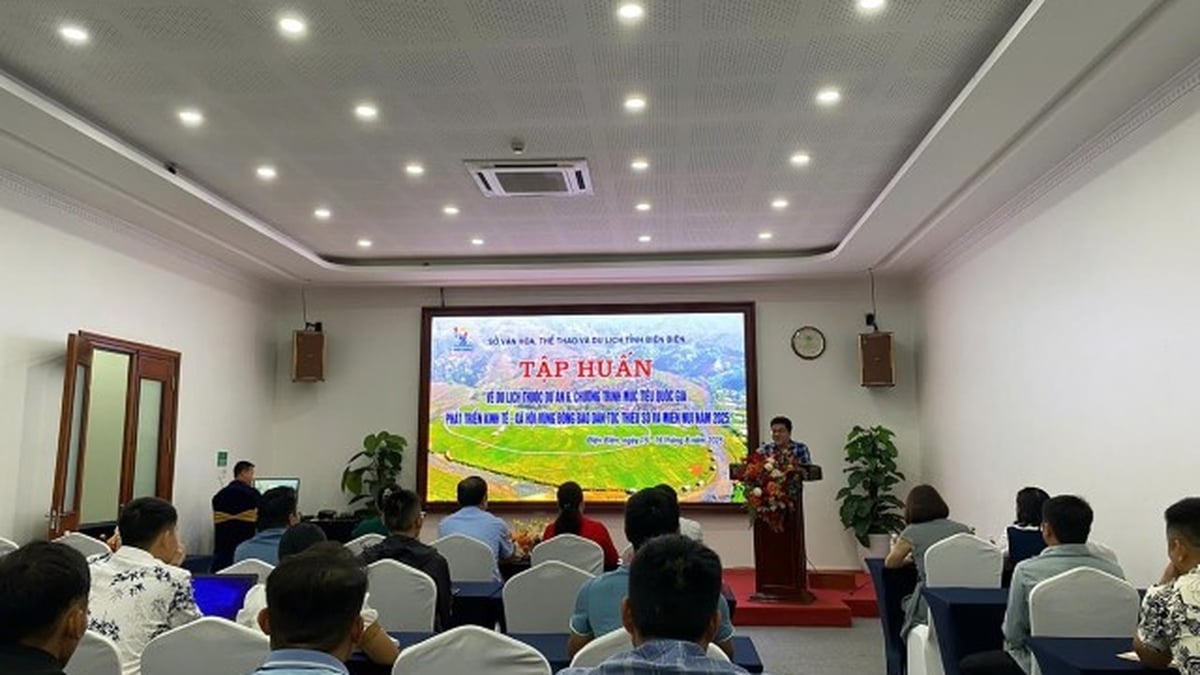



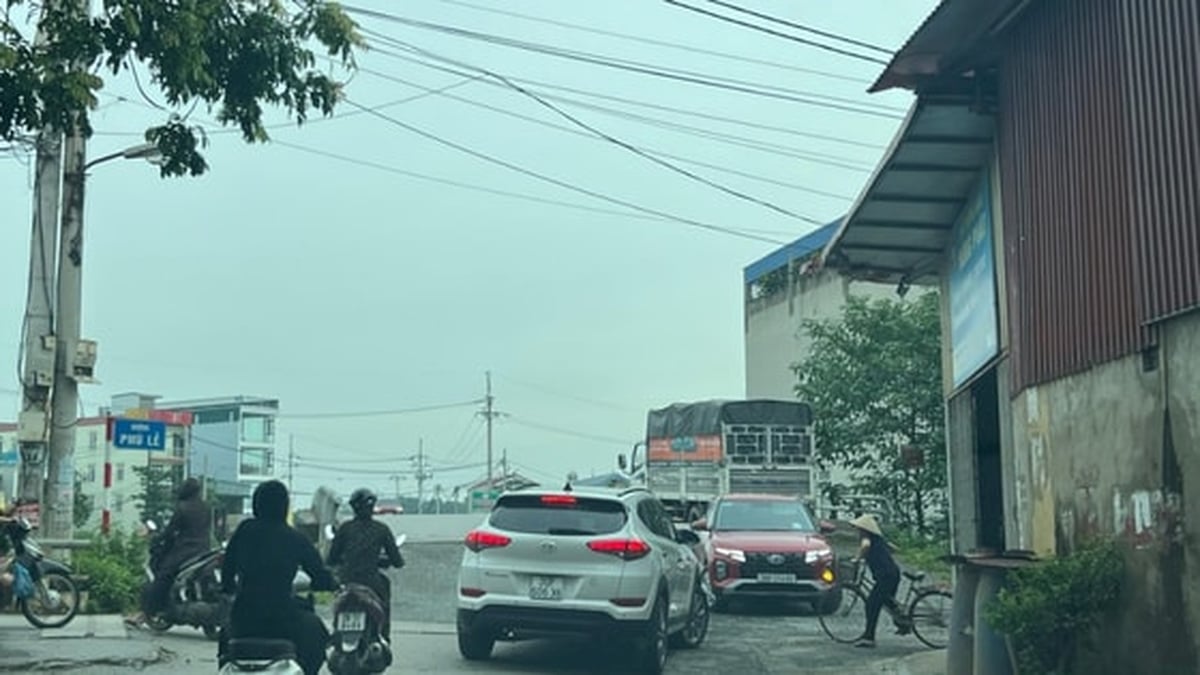

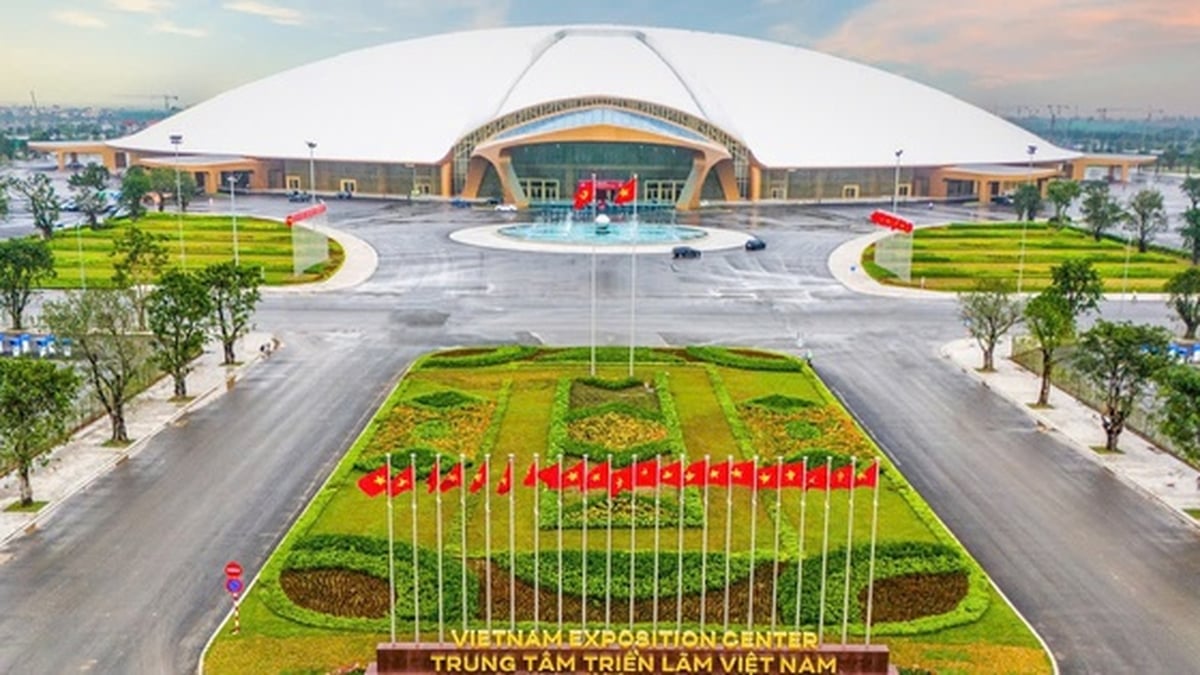











![[Photo] Binh Khanh Bridge Ho Chi Minh City is ready to reach the finish line](https://vphoto.vietnam.vn/thumb/1200x675/vietnam/resource/IMAGE/2025/8/14/b0dcfb8ba9374bd9bc29f26e6814cee2)


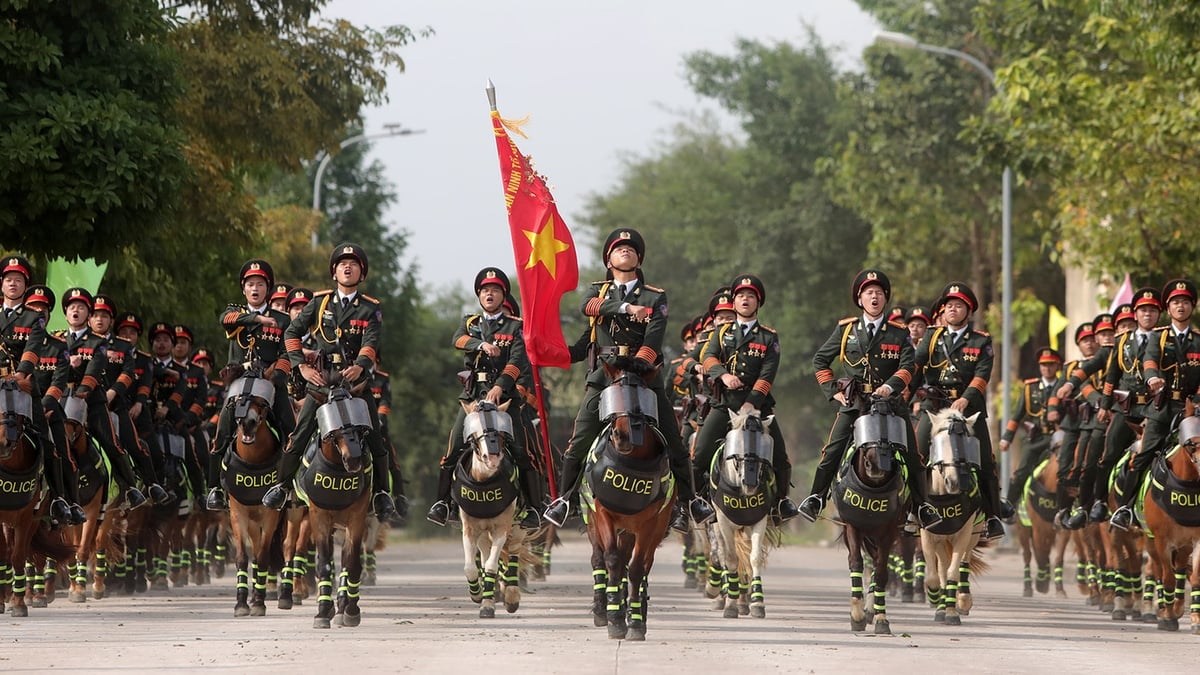
![[Photo] The special solidarity relationship between Vietnam and Cuba](https://vphoto.vietnam.vn/thumb/1200x675/vietnam/resource/IMAGE/2025/8/15/5f06c789ab1647c384ccb78b222ad18e)
![[Photo] President Luong Cuong receives Finnish Ambassador to Vietnam Keijo Norvanto](https://vphoto.vietnam.vn/thumb/1200x675/vietnam/resource/IMAGE/2025/8/15/9787f940853c45d39e9d26b6d6827710)
![[Photo] Firmly marching under the military flag: Ready for the big festival](https://vphoto.vietnam.vn/thumb/1200x675/vietnam/resource/IMAGE/2025/8/15/86df2fb3199343e0b16b178d53f841ec)
































![[Photo] President Luong Cuong receives Finnish Ambassador to Vietnam Keijo Norvanto](https://vphoto.vietnam.vn/thumb/402x226/vietnam/resource/IMAGE/2025/8/15/9787f940853c45d39e9d26b6d6827710)

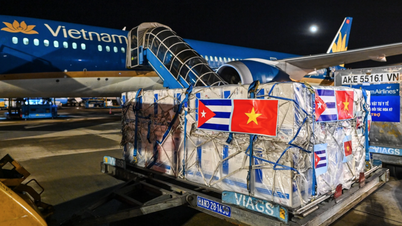











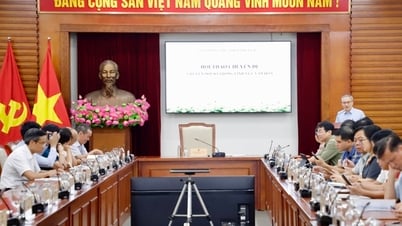






















Comment (0)